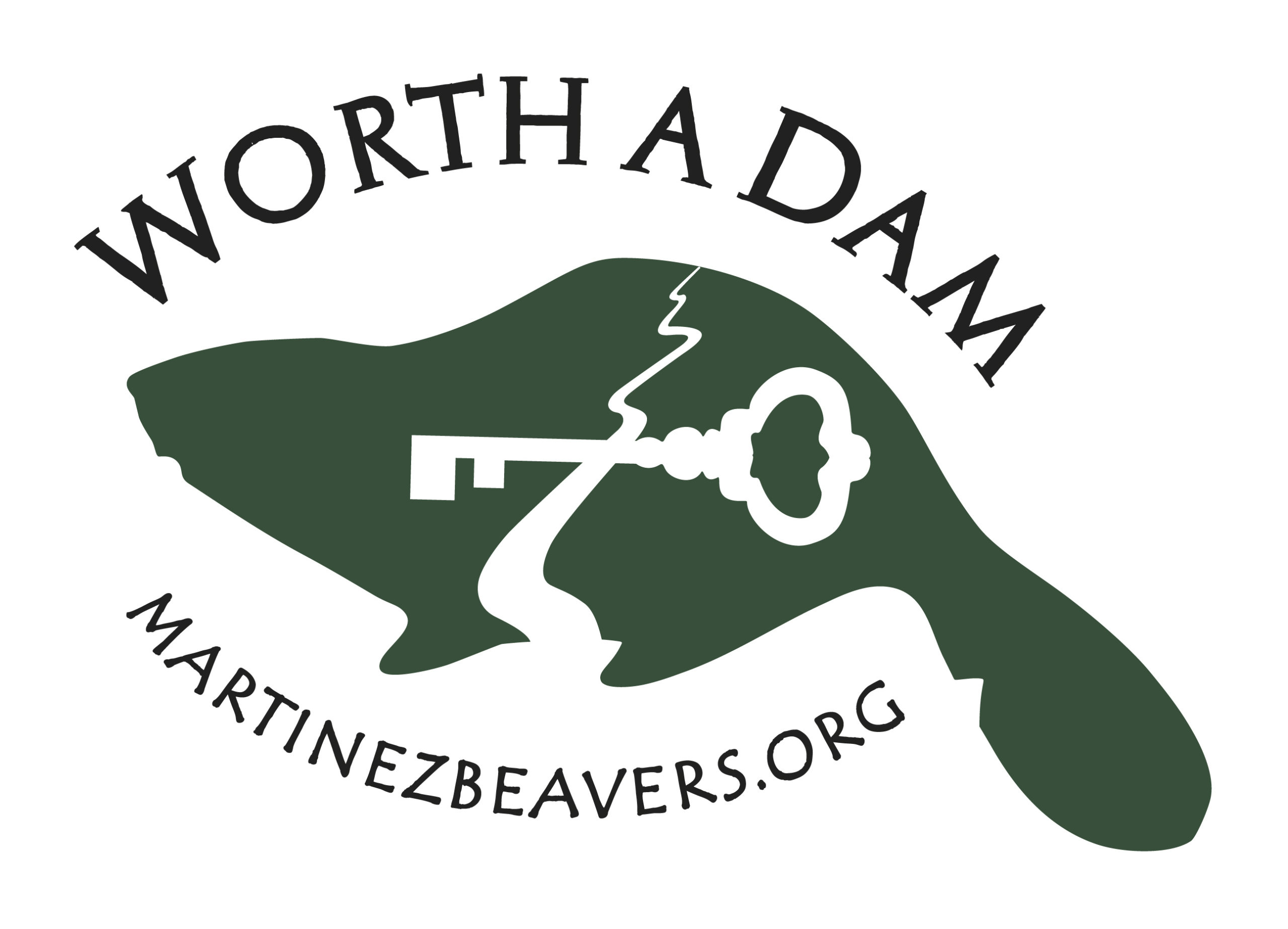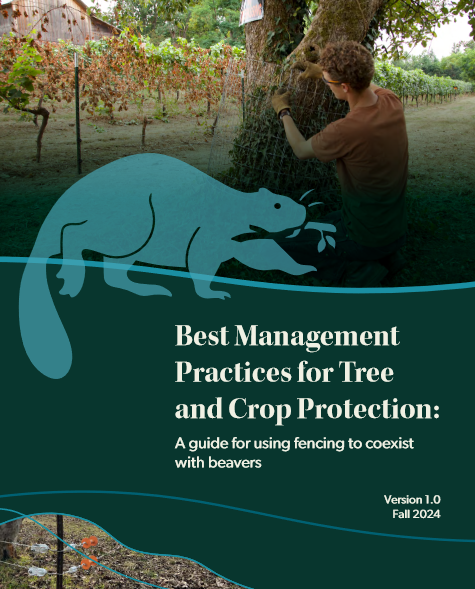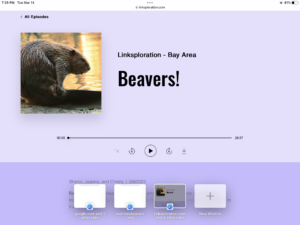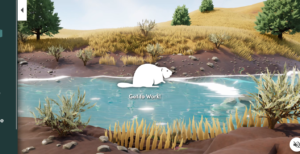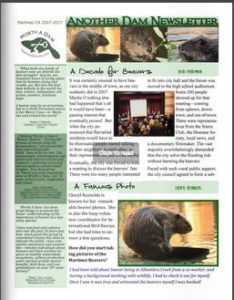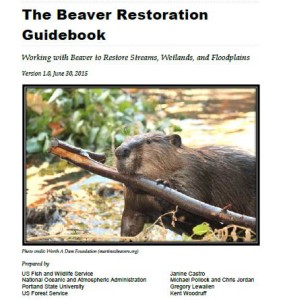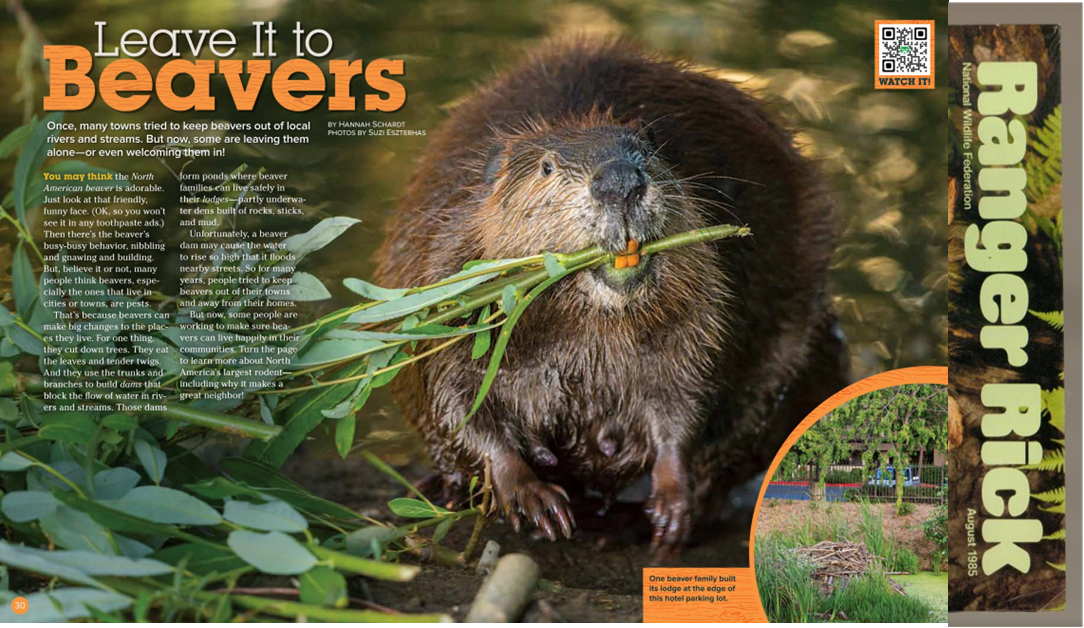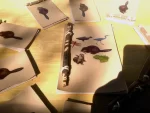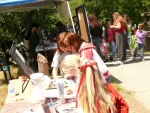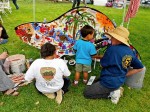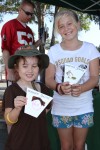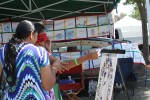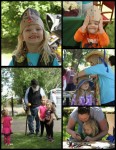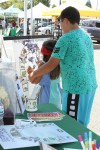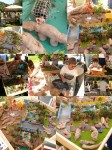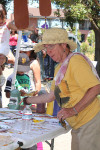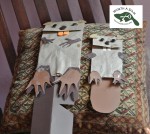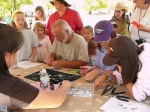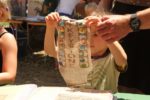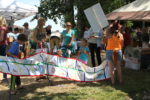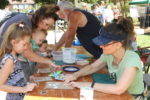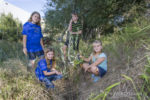Here are the thoughts of Stan Pietrowski, president of SURCP and emcee of the conference with regard to the idea of the beaver mapping tool.
Be it far from me to cast undue aspersions on Douglas County, Oregon. It is my home and has been for two decades. I have deep spiritual roots here that stem back to the last 1960’s. I consider myself a person of place from the Umpqua Basin.That said, I feel I must elaborate on conditions here that make exposing beaver populations very dangerous.
First of all we are talking about more than a mere occasional incident of cruelty. Up until the 1980’s the vast majority of the economy base forDouglas County was focused almost entirely in the timber industry. In the 1980’s billions of board feet of timber were harvested from public andprivate industrial timber lands ANNUALLY. If you go to the Roseburg City Hall Chambers there is a very large wood carving that covers the entireback wall of the council chamber illustrating the cutting and hauling of timber with the words, “Roseburg Oregon,the Timber Capital of the World”embossed out of wood. Over 5,585,000 acres of timber lands have been cut in the geographic boundaries of the Umpqua Basin, which are also the physical boundaries of Douglas County, since 1925.
 The listing of the Northern Spotted Owl put this rapacious decimation of the forest landscape to a near halt. Timber harvest was reduced to 5-10million board feet per year from public lands. I am not aware of the figures still harvested from private industrial timber lands. The porcupines and beavers had been all but extirpated from most watersheds in the Umpqua Basin by government poisoning or trapping. The Coastal Coho and anadromous fish runs are dieing off at alarming rates. The once spectacular Summmer Steelhead run of the South Umqpua River is now extinct. The Pacific Lamprey run of the Umpqua Basin once consisted of hundreds of thousands. In 2006 64 lamprey were counted at Winchester Damon the North Umpqua. In 1964 the Spring Chinook run of the Upper South Umpqua was estimated at 4000 fish. In recent years the average has been
hovering around 130 individual fish with some years as low as 24 specimens. Douglas County is in a cultural and ecological tailspin.
The listing of the Northern Spotted Owl put this rapacious decimation of the forest landscape to a near halt. Timber harvest was reduced to 5-10million board feet per year from public lands. I am not aware of the figures still harvested from private industrial timber lands. The porcupines and beavers had been all but extirpated from most watersheds in the Umpqua Basin by government poisoning or trapping. The Coastal Coho and anadromous fish runs are dieing off at alarming rates. The once spectacular Summmer Steelhead run of the South Umqpua River is now extinct. The Pacific Lamprey run of the Umpqua Basin once consisted of hundreds of thousands. In 2006 64 lamprey were counted at Winchester Damon the North Umpqua. In 1964 the Spring Chinook run of the Upper South Umpqua was estimated at 4000 fish. In recent years the average has been
hovering around 130 individual fish with some years as low as 24 specimens. Douglas County is in a cultural and ecological tailspin.
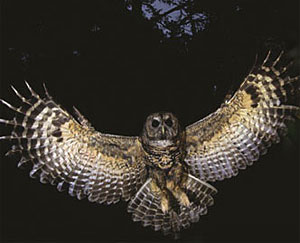 Folks like Leonard, Lois and myself were left displaced and out of jobs when the timber jobs collapsed. Some of us were fortunate to be in a position to have an alternative source of income but by and large theeconomy here imploded and has not recovered to this day. While the rest of the Nation has enjoyed unemployment numbers as high as 12 % Douglas County hovered between 19 and 21 percent unemployment rates for years. I think we are at 17% currently. We have one of the highest methamphetamine and domestic abuse rates in the State. Visualize in your hearts and minds a West Coast version of the Appalachian Coal mine economy. As the dust hassettled the large mills of the region have amassed billions of dollars and have retooled by automating mill processes. This has reduced the workforce demand considerably. It was only at the initial phases of the Iraq War or during the repairs of the impact of hurricane Katrina that someemployment rose for a short time.
Folks like Leonard, Lois and myself were left displaced and out of jobs when the timber jobs collapsed. Some of us were fortunate to be in a position to have an alternative source of income but by and large theeconomy here imploded and has not recovered to this day. While the rest of the Nation has enjoyed unemployment numbers as high as 12 % Douglas County hovered between 19 and 21 percent unemployment rates for years. I think we are at 17% currently. We have one of the highest methamphetamine and domestic abuse rates in the State. Visualize in your hearts and minds a West Coast version of the Appalachian Coal mine economy. As the dust hassettled the large mills of the region have amassed billions of dollars and have retooled by automating mill processes. This has reduced the workforce demand considerably. It was only at the initial phases of the Iraq War or during the repairs of the impact of hurricane Katrina that someemployment rose for a short time.
It is only natural that the environmental movement both locally and nationally would be blamed for the disaster that is Douglas County. The backlash was phenomenal. The girdling of the Sugar Pine was not a lone incident. Government employees who were responsible for protecting whatwas left of the old growth habitat resorted to being armed because dire threats to their lives were a regular occurrence. A culture of mistrustand revenge entrenched itself in the general populace. Spotted owls were regularly killed. An easy task because of the large tracts of unoccupied landscape.
There is emerging in Douglas County a voice of reason, reconciliation and restoration. Not that the fundamental paradigms have changed but there ishope. The reason the South Umpqua Rural Community Partnership formed was for the expressed purpose of healing the lands and the people. The Beaver Advocacy Committee was the first unit to form and lead the way. The malicious backlash toward the environmental movement and the naturalresources it seeks to protect have only slightly diminished. The courage of people like Leonard and Lois to go against the tide can not beoverstated. Operating on a shoe string as BAC has for the past five years is not accidental. There has been willful effort to starve us out literally. BAC has been faithful even though going through many phases of near giving up. The State of the Beaver conferences have had immeasurableimpact for good here. The State, the Tribe, Federal Agencies our neighbors in rural Oregon have seen a ray of hope in what Leonard and Lois are doing. The people who once counted the Houstons as traitors and sellouts to the “greenies” are beginning to see why they are willing to pay theprice that they are paying. They are the elders. They remember spending their youth fishing and hunting in the wilds of the Umpqua forest. That ismostly only a memory now. The people hear it when Leonard talks about wanting to have his grandchildren see real life on the landscape once again. Beaver ponds, fish runs birds and rainbows can happen again.

With all due respect to Heidi (she has been fighting the good fight for a long time), Douglas County is another world in many respects than mostplaces. We are not talking about chronic mischief of a few. We are talking about a culture of desperation that has unleashed its angst on creatureswithout a voice. Your involvement with the work of BAC means more than you know. It is more than merely attending a conference. It is more thanprotecting and sheltering what remains of a particular keystone species population. It is a new shoot of life springing out of the ashes of a cultural conflagration. Our neighbors and friends are joining us wondering if we’ll succeed. They gingerly lend a hand when they can.
Our hesitation to make the beaver locations public is in this context. Nothing would please us more than to see a real paradigm shift that would not endangerour furry friends. We are seeing it. It is just beginning to emerge as a real force for life and change in our countryside, in our watershed. It isembodied in what BAC is doing. Timing is everything. Your wisdom and input are needed. We don’t pretend to know the way. We’re just moving forward.
High regards, Stan
